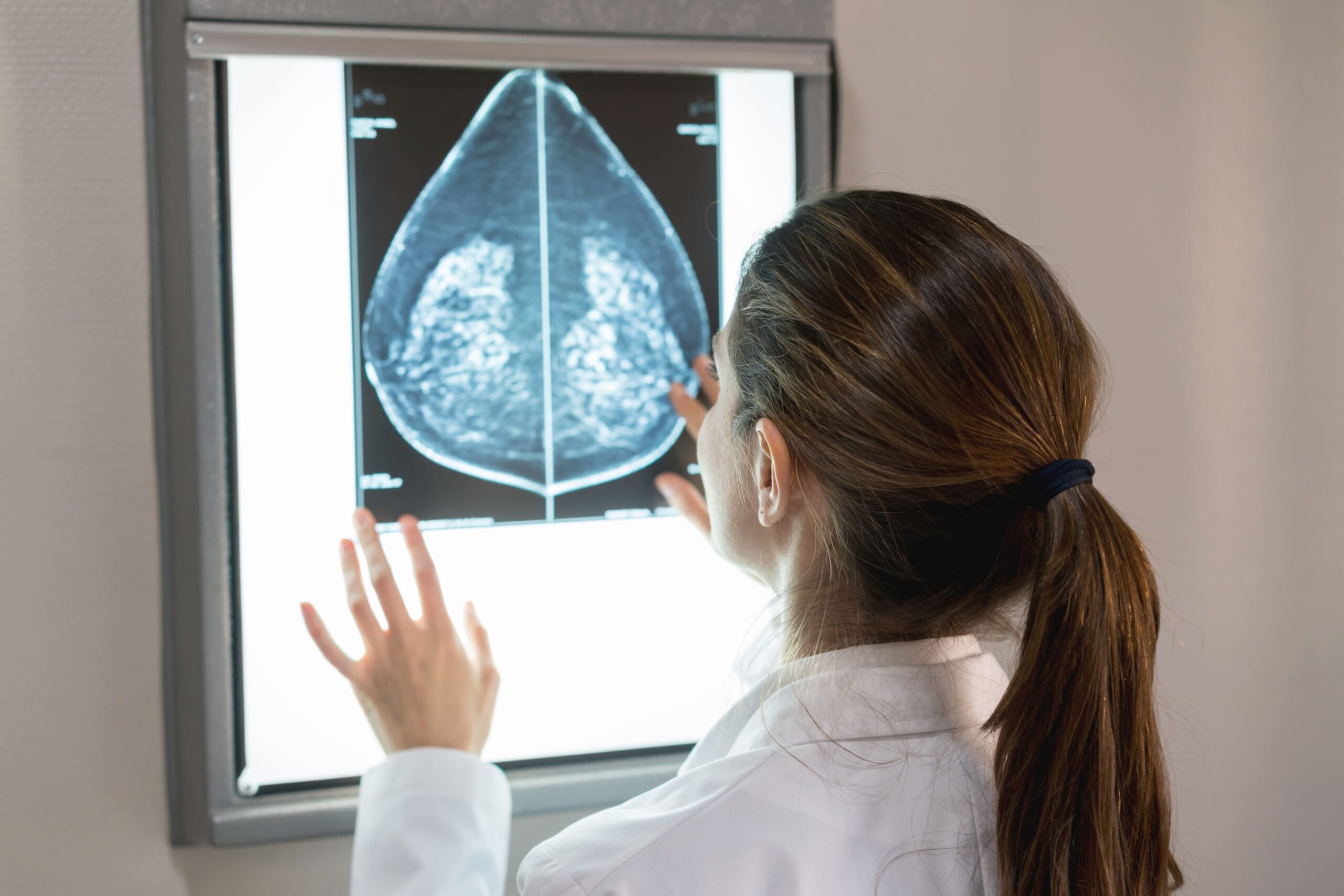A mastectomy is a surgery to remove all or part of the breast. It is most commonly used to treat breast cancer, but may also be used to prevent breast cancer in women who are at high risk for the disease.
There are several different types of mastectomy, each with its own advantages and disadvantages. Speak to a breast surgeon in Singapore about the risks and benefits of mastectomy before making a decision.
Types of Mastectomy
Each type of Mastectomy has its benefits and drawbacks, and the choice of which to use will depend on factors such as the stage of cancer and the patient’s individual circumstances.
Simple Mastectomy
A simple mastectomy removes the entire breast, including the nipple and areola. It is the most common type of mastectomy performed for breast cancer and is typically recommended for patients with early-stage breast cancer or those who have a large area of ductal carcinoma in situ (DCIS), a non-invasive form of breast cancer.
During a simple mastectomy, the surgeon will make an incision around the edge of the breast and remove the breast tissue, the skin of the breast, the nipple, and areola.
In most cases, your surgeon will perform a sentinel lymph node biopsy (SLNB), a procedure that is used to find the first lymph nodes that cancer cells from a tumour may have spread to. The sentinel lymph nodes are the first lymph nodes that drain fluid from the tumour. If cancer cells have spread from the tumour to the lymph nodes, they are most likely to be found in the sentinel lymph nodes.
Modified Radical Mastectomy
During a modified radical mastectomy, the surgeon will make an incision around the edge of the breast and then remove the breast tissue, the skin of the breast, the nipple, and areola.
The surgeon will also conduct an axillary lymph node dissection, removing a substantial number of lymph nodes (typically around 10) from the underarm area on the side of the tumour to determine if the cancer has extended to those nodes.
Skin Sparing Mastectomy
A skin-sparing mastectomy is a less invasive alternative to a simple mastectomy, as it involves the removal of the breast tissue, nipple, and areola, but leaves most of the skin intact. This is recommended for patients who plan to undergo immediate breast reconstruction, as it allows for a more natural-looking result.
In the majority of skin-sparing mastectomy cases, breast reconstruction is performed right away using tissue expanders, implants, or tissue flaps. This skin-preserving technique can lead to improved, more naturally appearing cosmetic results compared to non-skin-sparing reconstruction.
A skin-sparing mastectomy is not typically carried out if immediate breast reconstruction is not part of the mastectomy plan. Skin-sparing mastectomy is generally not recommended for patients with tumour cells in or near the skin or those with inflammatory breast cancer.
Nipple Sparing Mastectomy
A nipple-sparing mastectomy is similar to a skin-sparing mastectomy but also preserves the nipple and areola. This is suitable for patients with small, early-stage tumours that are located away from the nipple and areola and offers improved cosmetic outcomes, as it maintains the natural appearance of the breast while removing cancerous tissue. It may not be appropriate for individuals with larger tumours, tumours close to the nipple and areola, or those diagnosed with inflammatory breast cancer.
Radical Mastectomy
A radical mastectomy is the most extensive type of mastectomy and involves the removal of the entire breast, all of the axillary lymph nodes, and the chest wall muscles under the breast (pectoralis major and minor). This was once the standard treatment for breast cancer but is now rarely performed, as less invasive options have proven to be just as effective in most cases.
Radical mastectomies are only recommended for patients with advanced cancer that has spread to the chest wall muscles or for those with recurrent breast cancer.
Prophylactic (Preventive) Mastectomy
A prophylactic mastectomy, also known as a preventive mastectomy, is performed on patients who are at high risk for developing breast cancer. This may involve the removal of one or both breasts and can be performed as a simple, skin-sparing, or nipple-sparing mastectomy, depending on the patient’s individual risk factors and preferences.
Candidates for prophylactic mastectomy include those with a strong family history of breast cancer, a known genetic mutation that increases breast cancer risk (such as BRCA1 or BRCA2), or a history of radiation therapy to the chest at a young age.
A preventive mastectomy is typically performed as a bilateral simple (or total) mastectomy, nipple-sparing mastectomy, or skin-sparing mastectomy. Lymph nodes are not excised and examined for cancer unless there are concerns about the outcomes of an imaging test or biopsy conducted previously. Regardless, the breast tissue removed during a preventive mastectomy is sent for laboratory analysis, and a pathology report is provided.
Breast reconstruction can either be carried out simultaneously with the preventive mastectomy or at a subsequent time.



